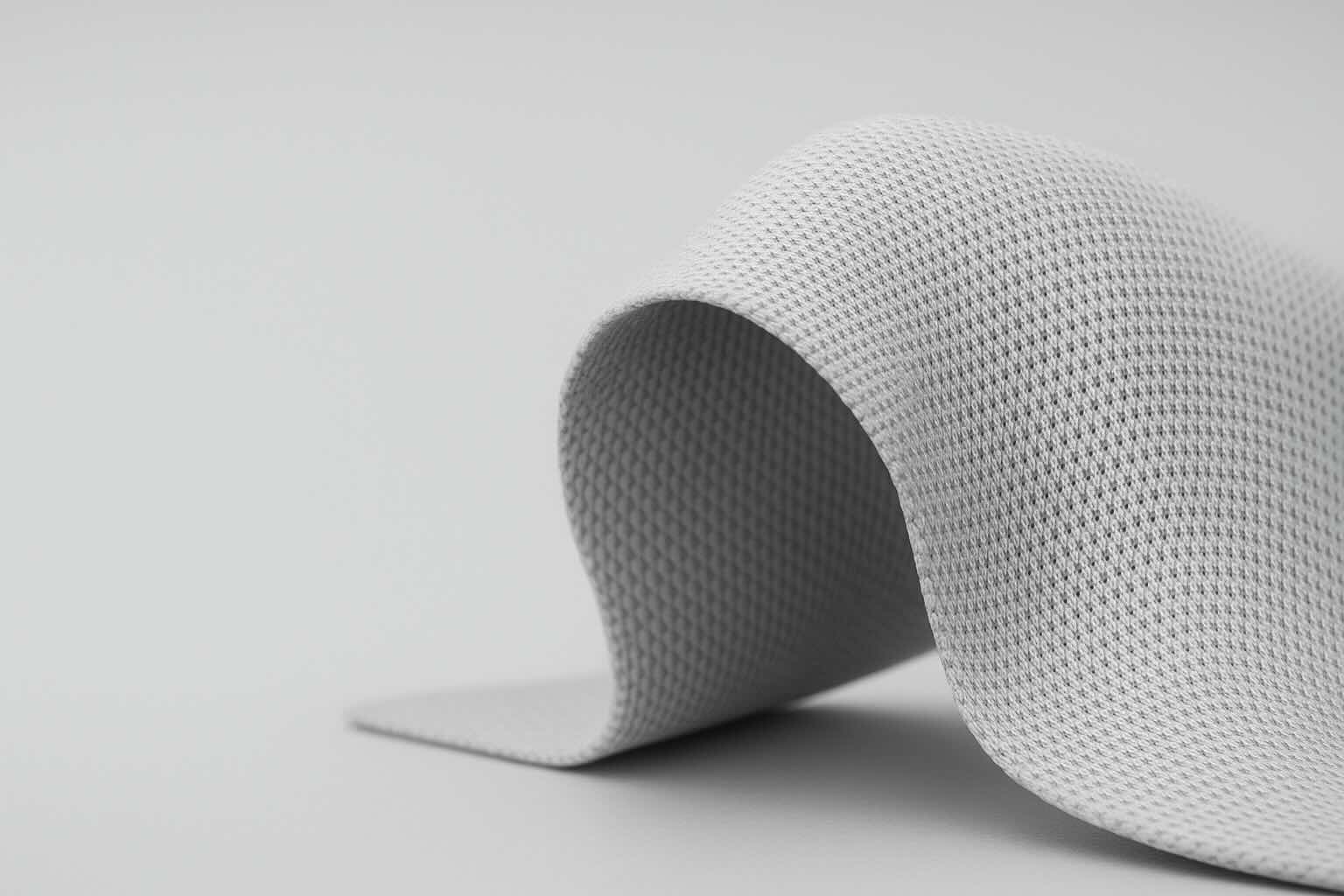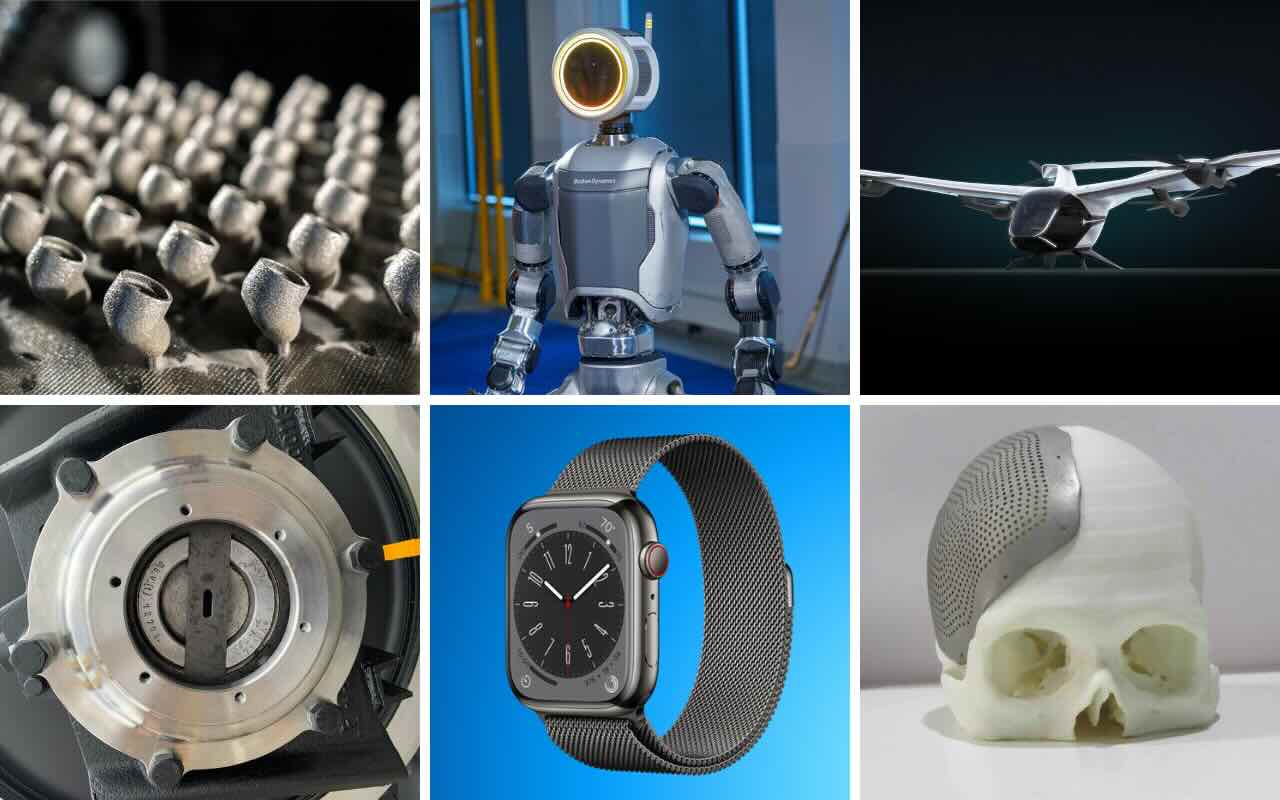Comparing metal 3D printing technologies can feel like picking between a scalpel, an inkjet, and a robotic welder. Each is powerful, just not for the same job. In metal additive manufacturing (AM), DMLS/LPBF, Binder Jetting, and WAAM solve very different problems around precision, throughput, and scale. Get those trade-offs right, and you’ll cut cost and lead time without sacrificing performance. Get them wrong, and you’ll wrestle with distortion, scrap, and post-processing overrun.
Understanding these differences early saves both time and money. Many engineers begin by validating their geometry and materials through limited runs before committing to full-scale production. If you’re still in that validation phase, starting with limited runs via rapid prototyping services allows you to test your design without investing in full production infrastructure. Once your design is proven, you can then scale with production-ready workflows.
What each process does, quick and clear
Before diving into comparisons, it helps to understand what each technology actually does and where it naturally excels.
DMLS/LPBF (Direct Metal Laser Sintering / Laser Powder Bed Fusion)
A laser melts metal powder layer-by-layer in an inert chamber. It’s your go-to for fine features, tight tolerances, and high-density parts, especially with internal channels and lattices.
Binder Jetting
A printhead jets binder into a powder bed to create a “green” part. After printing, parts are debound and sintered (and sometimes HIPed). It’s fast, batch-friendly, and cost-effective at volume.
WAAM (Wire Arc Additive Manufacturing)
Think robotic welding that builds near-net shapes from wire at kilogram-per-hour rates. It’s ideal for large parts and tooling blanks that you’ll machine to final spec.
DMLS/LPBF: best for precision and complex internals

When your part demands tight tolerances and intricate internal features, DMLS/LPBF is typically the first process to consider. The technology’s layer-by-layer laser fusion delivers exceptional detail and density, making it particularly valuable for aerospace components, medical implants, and high-performance tooling where geometry drives functionality.
Why you’ll like it:
- High accuracy and resolution (layers ~20–60 μm; features ~0.2–0.5 mm).
- Excellent density and mechanical properties; HIP (Hot Isostatic Pressing) can further boost fatigue performance.
- Perfect for conformal cooling, lattice structures, and intricate internal channels.
Watch-outs:
The precision comes with practical constraints. Smaller build volumes (often 250–500 mm class) and slower throughput raise unit cost on bulky parts. You’ll need to account for support structures during design, and careful scan strategies combined with stress relief are essential to manage distortion. Post-processing, support removal, machining, finishing, adds time and should be factored into your project timeline.
Typical numbers:
- Surface finish: ~Ra 8–20 μm as-built.
- Tolerance: ~±0.1–0.2 mm (geometry/material dependent).
- Materials: Aluminium, Ti-6Al-4V, Inconels, stainless/tool steels, CoCr, copper alloys.
Binder Jetting: best for throughput and unit cost at scale

Binder Jetting shifts the value proposition from precision to volume. By separating the printing stage from densification, the process can produce parts much faster than laser-based methods. This makes it especially attractive when you’re producing dozens or hundreds of similar parts where tooling costs would otherwise be prohibitive.
Why you’ll like it:
- Very fast print speeds and batchability; no supports during printing.
- Lower cost per part than DMLS for many geometries.
- Great for series production when you have furnace capacity.
Watch-outs:
The debind and sinter stages are where dimensional control becomes critical. Expect ~15–20% linear shrinkage (alloy/process dependent), which means you need robust compensation strategies and proper fixturing. Green parts are fragile, so design for easy powder removal and careful handling. As-sintered density typically reaches ~95–98%, though HIP can push this closer to ~98–99.5% when required.
Typical numbers:
- Layer thickness: ~50–100 μm.
- Min walls: ~0.5–1.5 mm depending on alloy.
- Surface finish: ~Ra 10–30 μm as-sintered.
- Tolerance: typically ±0.3–0.5 mm after tuning.
WAAM: best for big parts, fast

For large-scale components, think aerospace tooling, ship propellers, or structural elements, WAAM offers deposition rates that no powder-bed process can match. The technology essentially applies robotic welding principles to additive manufacturing, building near-net shapes at speeds measured in kilograms per hour rather than grams.
Why you’ll like it:
- Extremely high deposition rates (~2–10 kg/h) and metre-scale builds.
- Wire feedstock is economical, clean, and easy to handle.
- Excellent buy-to-fly ratio for large near-net shapes and repair work.
Watch-outs:
The speed and scale come with coarser resolution, so you’ll need to plan for machining stock, typically 2–5 mm. Thermal management becomes critical to control distortion and microstructure consistency. Without strict process control and qualification, properties can vary depending on build direction.
Typical numbers:
- Bead width: ~3–10 mm; layer height: ~1–3 mm.
- Pre-machining tolerance: ±1–3 mm typical.
- Surface finish: often Ra 200–600+ μm as-deposited.
Comparing Metal 3D Printing Technologies
The table below summarises the key differences across all three processes, helping you quickly identify which technology aligns with your requirements.
| Attribute | DMLS (LPBF) | Binder Jetting | WAAM |
| Best for | Intricate, high-precision parts | High-volume, cost-sensitive parts | Large near-net shapes and repairs |
| Feature resolution | Finest (~0.2–0.5 mm) | Moderate (~0.5–1.5 mm) | Coarse (mm-scale) |
| Density | ~99.5%+ as-built; HIP optional | ~95–98% as-sintered; up to ~99% with HIP | High with control; anisotropy possible |
| Surface finish (as-built) | ~Ra 8–20 μm | ~Ra 10–30 μm | ~Ra 200–600+ μm |
| Supports/fixtures | Supports during print | No print supports; sinter fixtures | Fixturing and path planning |
| Build size | Small–medium | Small–large (batchable) | Very large (robot/gantry-limited) |
| Throughput | Low–medium | High (batch production) | Very high (kg/h) |
| Unit cost | Highest | Medium–low | Low for large mass |
How to choose: a quick decision guide
Selecting the right process depends on matching your part requirements to each technology’s natural strengths. Three questions typically clarify the path forwards.
1. What dominates, precision, throughput, or size?
- Precision and fine internals → DMLS
- Throughput and cost at volume → Binder Jetting
- Large near-net shapes → WAAM
2. What can your shop support?
Each technology demands different infrastructure and expertise. DMLS requires inert powder handling, tight process control, and precision finishing. Binder Jetting needs debind/sinter/HIP capacity and robust dimensional control systems. WAAM calls for robotic welding expertise, thermal management capabilities, and substantial machining resources.
3. What risks can you tolerate?
- DMLS: residual stress; mitigate with supports, preheat, scan strategy.
- Binder Jet: shrink/distortion; mitigate with compensation and fixtures.
- WAAM: distortion/porosity; mitigate with interpass control and qualified procedures.
Cost and ROI (beyond the printer)
When evaluating total cost of ownership, the printer itself represents only part of the investment. The full picture includes capital equipment, operating expenses, yield losses, and total cycle time, all of which vary significantly between processes.
CapEx: DMLS machines and gas handling systems; Binder Jet printer plus debind/sinter/HIP furnaces; WAAM cell with robot, power source, positioners, and sensors.
OpEx: Powder costs are higher than wire, but you’ll also need to account for shielding gases, consumables, and furnace time, which often becomes the bottleneck in Binder Jetting operations.
Yield: Scrap from warping (DMLS), sinter distortion (Binder Jet), or defects (WAAM) quickly erodes savings. A single failed build can wipe out cost advantages if your process isn’t properly qualified.
Total cycle time: Include heat treat/HIP, machining, inspection, and surface finishing, not just “print time.” In practice, post-processing often takes longer than the build itself, particularly for WAAM parts requiring extensive machining.
Post-processing and quality assurance

DMLS: Stress relief, possible HIP, support removal; machining for critical faces. CT scanning validates complex internals; finishing via blasting, peening, chemical/electropolish, or machining.
Binder Jetting: Debind + sinter define final properties. HIP for higher density where needed. Dimensional checks post-sinter; tumbling/machining to refine surfaces.
WAAM: Stress relief/normalisation, then substantial machining. NDT (UT/RT) and path-specific qualifications underpin consistent properties.
Final takeaway (with a quick checklist)

There’s no single “best” metal AM process, only the best fit for your geometry, performance, and production constraints. The key is matching your specific requirements to each technology’s natural advantages whilst understanding the trade-offs you’re making. Validate with a pilot build or coupons before scaling to avoid costly surprises.
Checklist:
- Part size and complexity
- Tolerance and surface finish targets
- Density and fatigue requirements
- Throughput, lot size, and unit cost goals
- Available post-processing (debind/sinter/HIP, machining)
- In-house readiness (powder safety, furnaces, welding/robotics)
Ready to move from pilot to production? Explore professional manufacturing services that can integrate additive with CNC machining, heat treat, and inspection for a clean handoff to the factory floor.
FAQ’s
Which metal 3D printing technology is most accurate?
DMLS/LPBF offers the best feature resolution and tightest tolerances, making it the top choice for intricate geometries and internal channels.
Which process is usually the cheapest per part?
For batch production of moderate-complexity parts, Binder Jetting often wins on unit cost. For very large parts, WAAM can be most economical due to high deposition rates and low material cost.
Is Binder Jetting strong enough for end-use parts?
Yes, especially with well-tuned sintering. As-sintered densities of ~95–98% are common, and HIP can push density and fatigue performance closer to DMLS levels for many alloys.
About Manufactur3D Magazine: Manufactur3D is an online magazine on 3D printing. which publishes the latest 3D printing news, insights and analysis from all around the world. Visit our 3D Printing Education page to read more such informative articles. To stay up-to-date about the latest happenings in the 3D printing world, follow us on Facebook, LinkedIn and Twitter.












